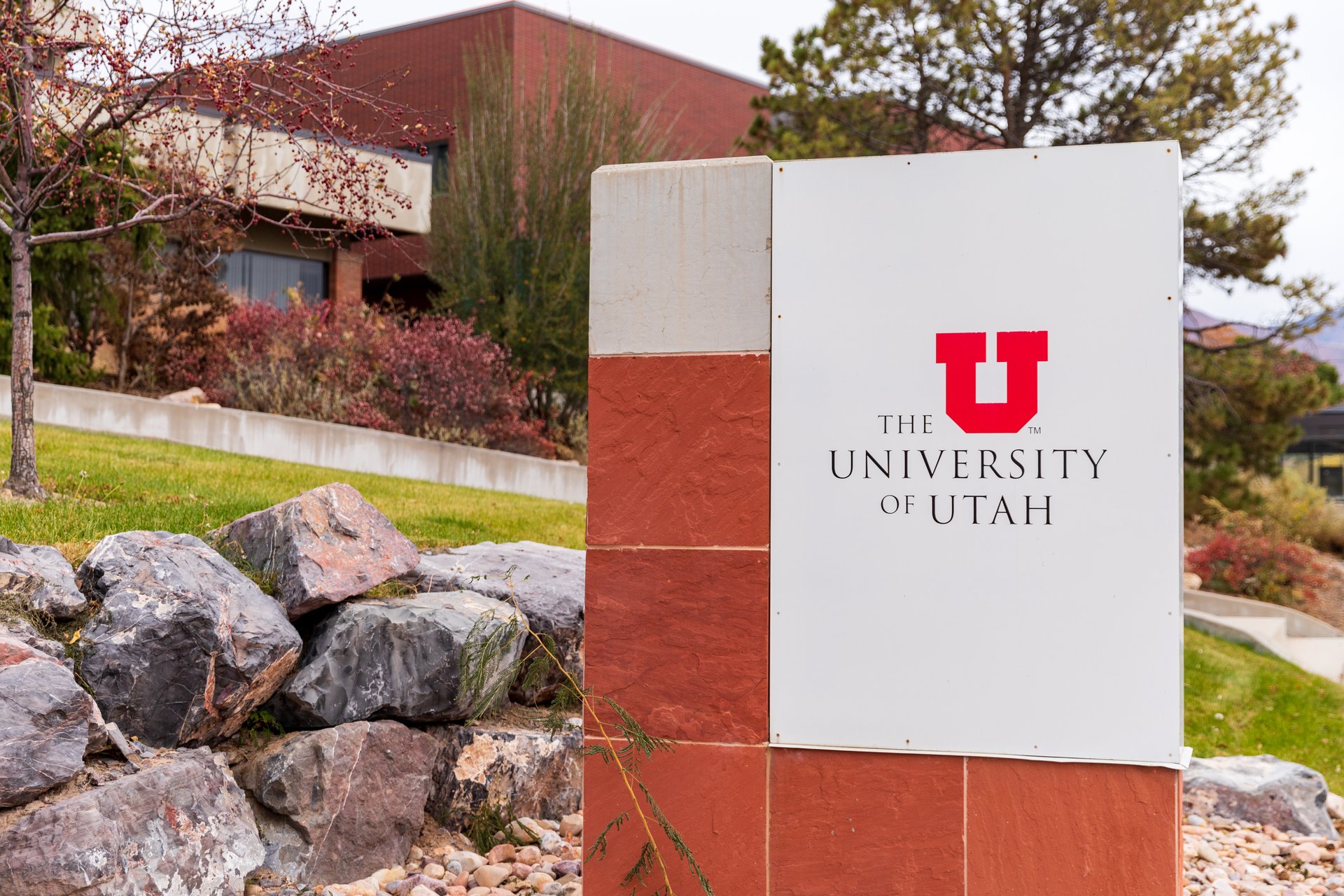Good morning, and thanks for spending part of your day with Extra Points.
We are currently in Orlando for NACDA, or National Association of Collegiate Directors of Athletics, a massive convention for folks who work in and around college sports. Dennis and I got into town Sunday morning, and we’ll be spending the next two days catching up with as many folks as possible, so we can continue giving you the best information as we can.
We’re also giving demos of Extra Points Library. So if you’d like to see our collection of thousands of coach contracts, athletic department budgets, vendor deals and more, just drop us a note!
If you’re in town, I’d love for you to say hello. And while you’re doing that, you should also say hello to one of our sponsors, Short Courts!
Short Courts help you bring the Home Court, Home.
Whether you’re looking for a dynamite addition to your home office, or a new gift to improve donor engagement, Short Courts has you covered. They produce authentic, framed replicas of iconic basketball courts and football fields across all levels of high school and college sports. To learn more about how Short Courts can help spruce up your interior decorating or fundraising, check out ShortCourts.com, or say hi to the team at NACDA.
In case you missed the news last week, we’re excited to announce our newest addition to the Extra Points team,Joan Niesen!
Niesen is a longtime sports writer and editor. As a reporter, she worked for FOX Sports, The Denver Post, Sports Illustrated and Religion of Sports. She's also held editor roles at the Athletic and the Washington Post. These days, she writes for a variety of publications, including the Washington Post and Washingtonian, about food, travel, politics and more. She lives in St. Louis with her husband, Jesse, and her cat, Harriet.
You can reach Joan at [email protected]. If you want to pitch a freelance story idea, that is the best place to email.
And speaking of freelance stories, the perfect time to run one is when I’m out of town on reporting business.
Today, I’m happy to pass the microphone to Emily Mumola. Emily is a creative video producer currently working with the Seattle Mariners. She graduated with a journalism degree from LSU, where she worked with the athletic department as a student intern. She has also interned at the Seattle Seahawks, Monumental Sports & Entertainment, and The Advocate/Times-Picayune.
Emily reached out to me a few weeks ago with an idea, based on her professional experiences and observations on the creative video side in college. Her perspective is below:
The first time I remember being blown away by a sports team’s social media was when I watched the hype video series LSU’s football program released during its 2019 championship season, which culminated in the “Swag Surfin’” title game video that still makes the rounds every year on social media. A Tiger fan since childhood, I hoped to join the department and work in creative media, and I got the chance less than a year later as a student video intern.
In my nearly four years at LSU, I experienced a massive growth in our department's goals. Video content expanded beyond the typical areas of social media, game presentation and recruiting; we began producing longform, documentary-type pieces for a dedicated LSU Sports streaming service, with a staff that doubled in size over my years there.
And it wasn’t just LSU. Creative team media grew exponentially across college sports between the late 2010s and early 2020s as schools began investing in staff and expensive equipment like cameras, lenses, lights, set design and data storage. Some schools, like Arkansas, UConn and Baylor, offered paid streaming services.
Before NIL, investment in creative resources made more sense. A school’s athletic department was the sole recipient of donor money, giving it financial control. Investment in social and creative media focused on recruiting and retaining players; for instance, photos and videos of players boarding planes to games are a great way to show potential recruits that the team travels in style.
Expectations grew — not just with major sports like football and basketball, but also with less prominent teams like volleyball and softball. Recruiting content grew more complex, and producers’ workloads continued to rise. Many began to report burnout.
But the benefits of creative media still rely on outside funding, and with higher costs and shifting financial priorities in the NIL era, big questions have arisen. How much is left to pull from college sports fans? What can schools do to keep these departments valuable?
The expectations keep rising even as budgets get thinner. Last season, USC contracted specialists like LA Cinema Robotics for recruiting videos and hired seniors from its School of Cinematic Arts to direct its season trailer, “Arrival Of The Trojan,” a hype video full of visual effects. It featured 3D-modeled soldiers, a Trojan horse and a military transport plane and was nominated for a Los Angeles Area Emmy award.
Despite the level of investment, the Trojans’ documentary series, “Only USC,” was available for free on YouTube. Same goes for “Ducks vs. Them,” a video series Oregon’s football program produced using ARRI cinema cameras and scored with an original composition.
The focus on documentaries and podcasts is a response to the NIL landscape, with creative departments now shifting to playing a helping hand in brand building — not just with recruits, but with current players as well. There’s an additional benefit for some schools, including Ole Miss and LSU, who licensed their shows to ESPN to fill out empty programming spots (Notre Dame bundled original content into its deal with NBC/Peacock.)
LSU found another way to adapt in the second year of its streaming service; now, some revenue from subscriptions goes to its NIL collective. Emily Dean, the school’s director of creative content, said this is a benefit to potential donors.
“If you're paying $9 a month, and let's say five of those dollars goes to Bayou Traditions and then goes to the student athletes, then it's like, ‘Okay, well, I'm paying to support our student athletes on the field, but then I'm also getting some exclusive content on top of that,’” Dean said.
Fans were used to being asked to support their favorite teams through tickets, merchandise and donations to schools. Then came the calls for NIL collective donations, followed by paid streaming services at some schools. More complications began to emerge this winter when the Trump administration began to unveil its economic agenda. Extra Points previously reported on the effect of new tariffs on operating costs, merchandise imports and the donor base.
Schools have also faced legal challenges in the creative world. In March, Sony Music Entertainment filed a lawsuit against USC for unauthorized use of its music in social media posts, including the aforementioned season trailer. With Sony seeking $150,000 for each infringing post, the suit will have a chilling effect on an industry that has skirted copyright law in pursuit of clicks. Enforcement of licenses on individual songs, especially recent releases, would further chip away at budgets.
As finances are squeezed on both ends, are athletic departments going to prioritize other areas, like direct payments and facilities? What’s the long-term market for streaming services that only cover one subject area, at the same cost as a wide media library like Netflix or Hulu?
We’ve already seen athletic departments respond to the effects of shrinking budgets. Two Division I programs, Cleveland State University and Seattle University, announced they’re cutting a total of six teams. Academic and research budget cuts prompted many schools to implement hiring freezes. I applied for a video production position in the University of Washington’s athletics department in February, and in May, the school canceled hiring for the position. The email cited “uncertainty about the availability of federal funds and the impact of Washington state’s budget shortfall.”
Employee concerns came to a head last season when Mississippi State fired its entire football media team at 5 p.m. on national signing day, famously a massive undertaking for creative departments.
“We weren’t given an explanation, and when I asked if I could ask any questions , I was told ‘I’m sorry, no,’” Jonathan King wrote on X after he was fired from his role as the football team’s senior director of creative strategy.
The firing made waves on social media, and some responded by suggesting creatives should unionize. “we HAVE to band together and get organized so that stuff like this can’t happen,” Los Angeles Chargers designer Trevin Kalick wrote on X, garnering 1,600 likes. “solidarity now. solidarity forever.”
Other employees in the field — and in other parts of athletic departments — have decided the glamour of the job isn’t worth the stress. Many video producers across college sports, including four at LSU in the past two years, have left to pursue freelance work. And Sportico found that overall employment at athletic departments shrunk between the 2019-20 school year and the summer of 2022.
After a meteoric rise, college sports’ content creators are starting to realize that years of competing for engagement has led to an oversaturated media landscape with big budgets, and the expectations they set and exceeded are starting to become a burden. Dean said she believes the industry has the potential to be a bubble, and I agree.
“There's no shortage of content out there,” Dean said. “To a content creator like me, honestly, it's exhausting, the quantity versus quality balance.”


















